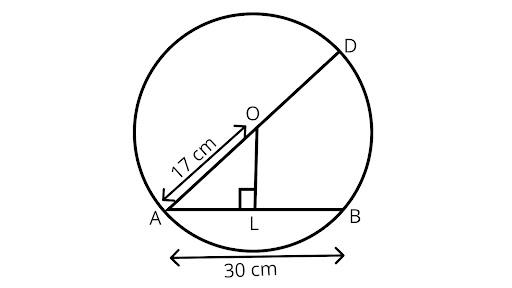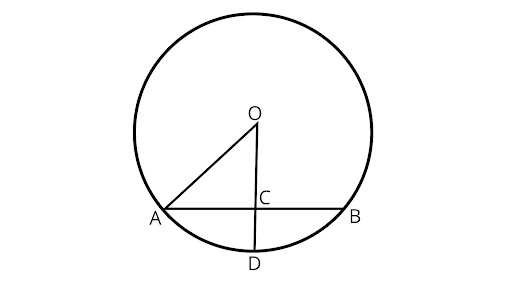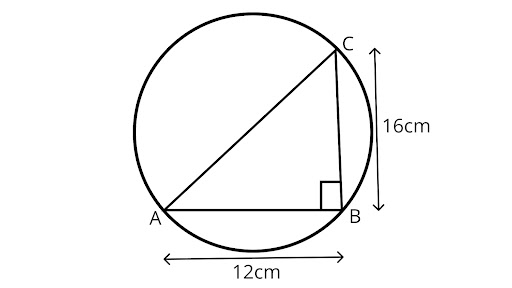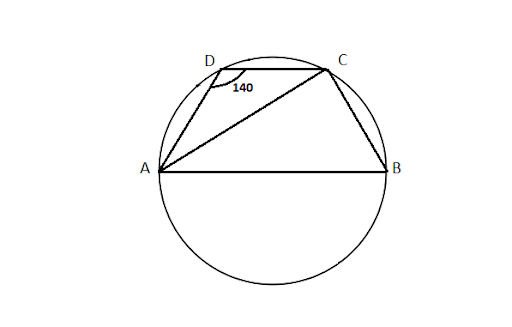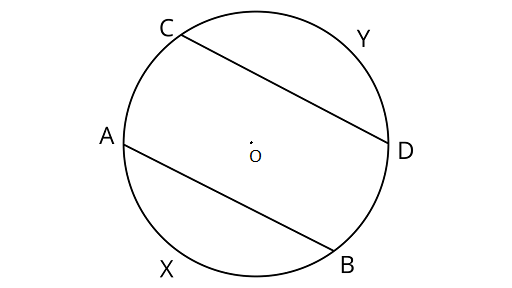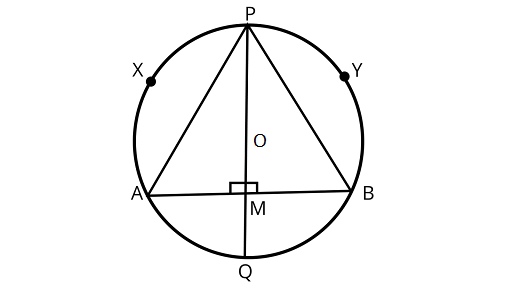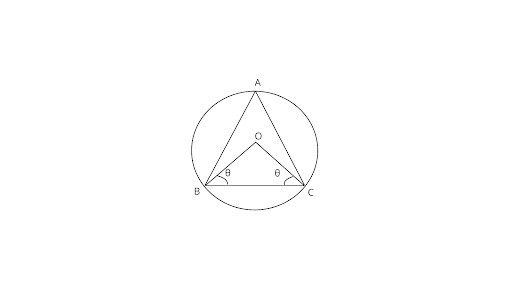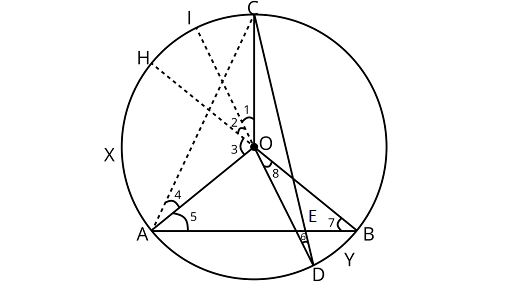NCERT Exemplar for Class 9 Maths - Circles - Free PDF Download
FAQs on NCERT Exemplar for Class 9 Maths Chapter 10 - Circles (Book Solutions)
1. What are some important terms in NCERT Class 9 Math Chapter 10?
Circle – From a fixed point in a plane, there are a few arrangements of points at a decent distance at a proper point that makes a circle. This fixed point is known as the center of a circle.
Radius – The distance between a state of the edge on the circle just as the center of the circle is known as the radius.
Tangent and Secant– A line that contacts a circle at one point is known as a tangent, then again, a line that cuts a circle at 2 points is known as secant.
Chord – The line section inside a circle that joins any 2 places of the circle is known as a chord.
2. What is meant by diameter, arc, circumference and sector in a circle?
Diameter – A chord that goes through the center of a circle is known as a diameter. A Diameter is in every case double the radius and is known as the longest chord.
Arc – The part of a circle between 2 points is known as a curve {arc}. The longer one is known as the significant arc, then again, the shorter one is known as the minor arc.
Circumference – The circumference is known as the boundary of the circle that implies it is the distance covered by circumventing the boundary of the circle
Sector – A sector means the part of the circle that is encased by an arc and to radii. In this, the smallest area is known as a minor area and the bigger region is known as the major area.
3. What are the theorems mentioned in Chapter 10-Circle of Class 9 Maths?
The theorems mentioned in NCERT Chapter 10-Circle of Class 9 Maths are:
Equivalent chords subtend equivalent points at the center.
If the angles subtended by the chords of the circle at the middle are equivalent then the chords are approaches.
The perpendicular from the center of a circle to the line divides up the chord.
A line is drawn through the center of a circle to cut up a line opposite to the chord.
Equivalent chords of a circle are equidistant from the middle.
4. What are questions asked at the end of NCERT Math Class 9 Math Chapter 10?
Practice 10.1 comprises of 10 NCERT Exemplar Class 9 problems identified with the diameter of a circle, the chords of a circle, point suspended by chords and so on
Practice 10.2 comprises 10 Exemplar problems in which you have to justify assuming the given assertion is right or not, identified with collinear points, the center of the circle and angles suspended by chords.
Practice 10.3 comprises 20 Exemplar issues in which you will either need to find the angles or to prove the event that the angles are equivalent, to demonstrate assuming the chords are equal.
Practice 10.4 comprises around 14 Exemplar problems in which you need to prove hypotheses with the help of point bisectors, symmetrical triangles, cyclic quadrilaterals and so forth.
5. Why opt for Vedantu when preparing for NCERT Maths Class 9 Chapter 10- Circle?
Vedantu is one of the renowned learning platforms which aims at making studying simple and fun for you by utilizing state of the art innovation and content from subject experts. The experts have planned the in-depth answers for the NCERT Exemplar questions for CBSE Class 9 Maths Chapter 10. Along these lines, presently you can make the study of math simple with the team of Vedantu by just visiting the website and signing up for free of cost! Download all the NCERT Class 9 Maths Solutions for free.

























